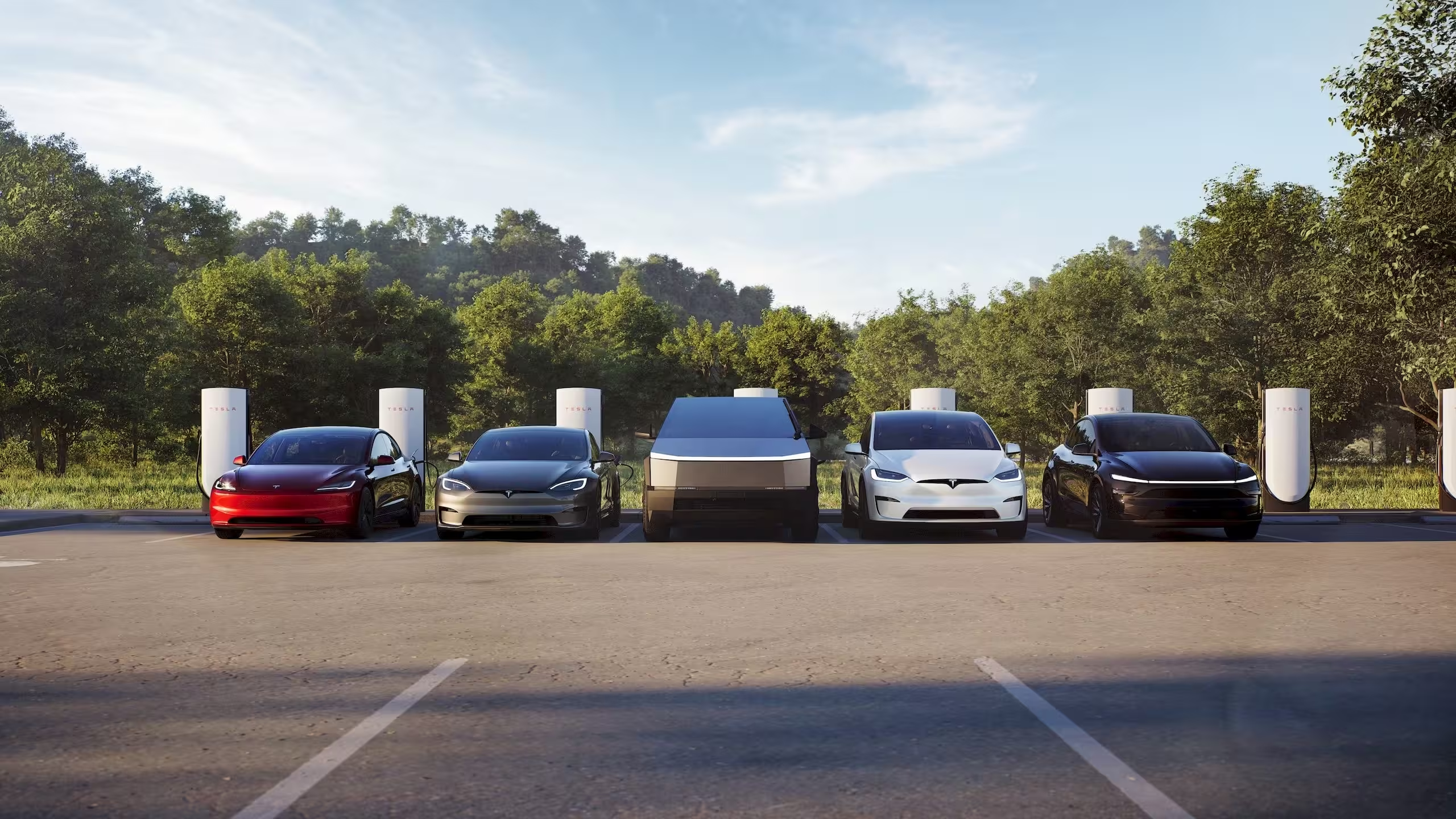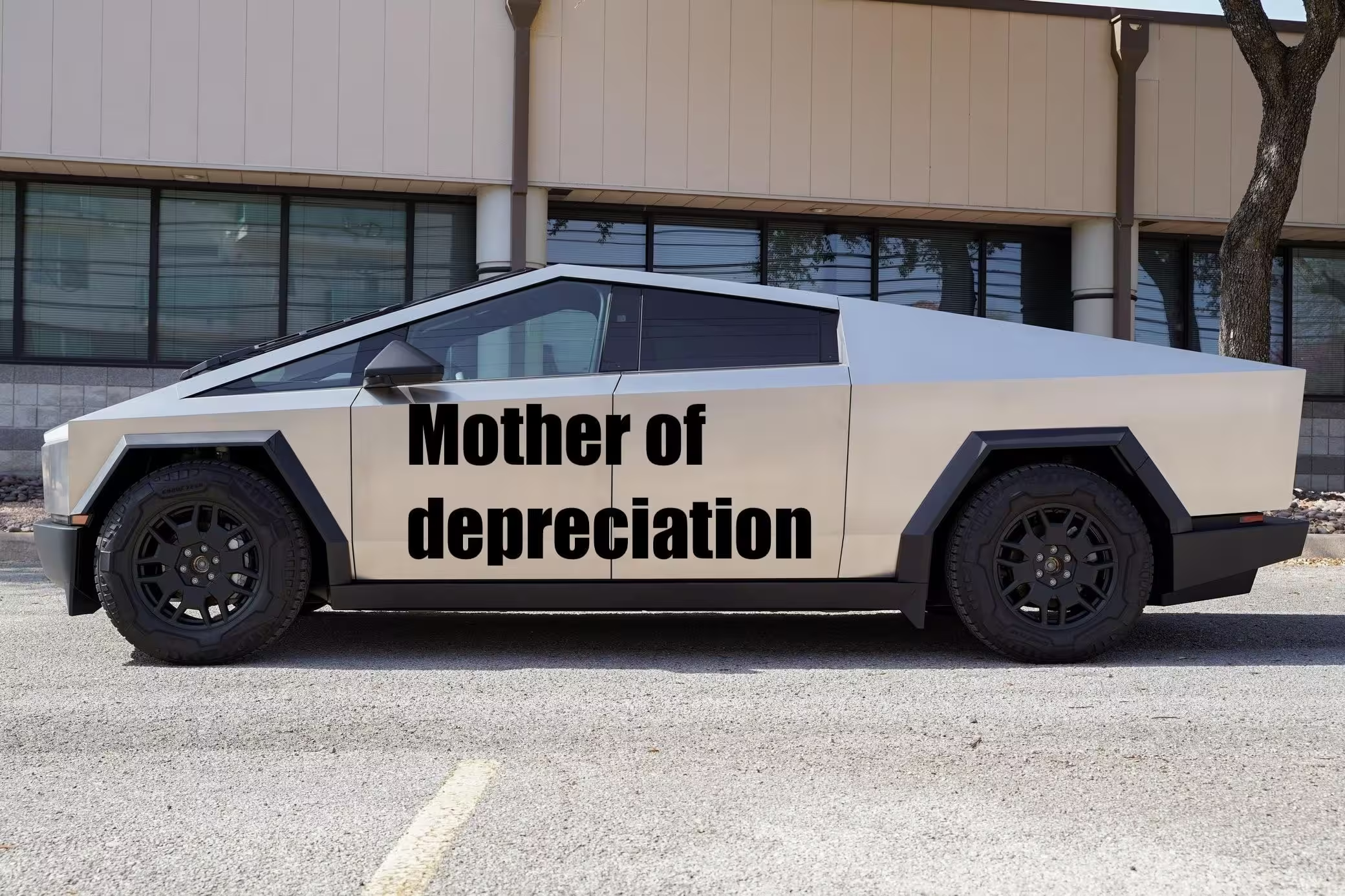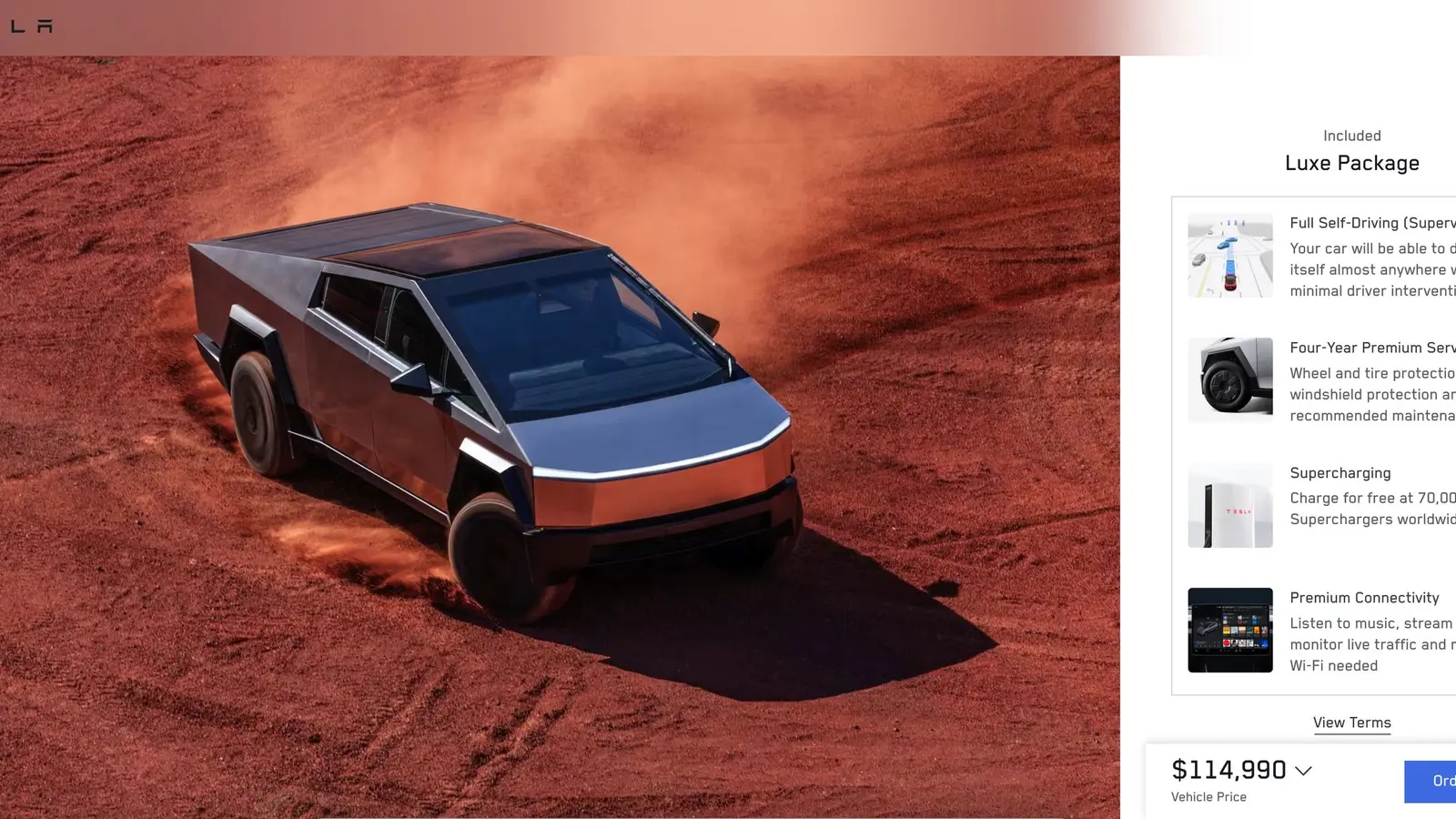5 Minutes
Cybertruck sales slump and a controversial price hike
Tesla's Cybertruck momentum has slowed dramatically over the past year, with deliveries dropping to roughly 4,000 units per quarter. In an unexpected move, Tesla has bundled a mandatory "Luxe" package onto the flagship Cyberbeast trim, increasing its price by $15,000 and pushing the top-spec model to $114,990. The company made a similar — though smaller — pricing push earlier for the Model S and Model X, raising those trims by $10,000.
What's included in the new Luxe package
The mandatory Luxe add-on for the Cyberbeast combines several high-profile features: supervised Full Self-Driving (FSD), a four-year Premium Service plan, free Supercharging and Premium Connectivity bundled at delivery. Note the key caveat in Tesla's terms: FSD and the remaining Premium Service hours transfer with the vehicle when it's resold, but Free Supercharging and Premium Connectivity are voided when ownership transfers.
Design and feature compromises
When it launched, the Cybertruck was a high-profile statement piece — radical angular styling, stainless-steel exoskeleton, and celebrity attention. But early adopters and influencers quickly faced technical glitches and extended repair timelines. That combination of unusual styling and reliability questions has eroded the halo effect. Compounding buyer hesitancy, Tesla has restricted some baseline features: the Cybertruck doesn't come with Basic Autopilot out of the box, so access to advanced driver assistance requires purchasing FSD separately — now part of the required Luxe bundle on the top trim.

Vehicle specifications and trim overview
Tesla's Cybertruck lineup is structured across three core architectures: the entry-level single-motor RWD, a mid-level AWD dual-motor model, and the tri-motor top-tier — the Cyberbeast. The RWD model is advertised as the most affordable way in, with a listed starting price near $69,900, while the top Cyberbeast with the new Luxe package climbs to $114,990. Higher trims deliver stronger towing, quicker acceleration and additional range compared with the base RWD unit; the AWD model sits in the middle, and Tesla appears to be nudging buyers toward it as the most practical choice.
Performance and drivability
Trim-level differences translate into meaningful real-world performance: multi-motor configurations provide faster acceleration, higher towing capacity and improved off-the-line traction compared with single-motor RWD layouts. Tesla's build and production pace remain important factors — with constrained production, unit economics suffer and margins tighten, a driver behind the mandatory Luxe add-on.

Market positioning and pricing strategy
Raising the top trim by $15,000 effectively narrows the price gap between the Cyberbeast and comparable high-performance Tesla models. Critics point out the Model X Plaid now sits in similar pricing territory, offering a familiar SUV form factor instead of the polarizing Cybertruck silhouette. For many buyers, the premium for the Cyberbeast feels hard to justify: the extra cost is substantial compared with the $10,000 luxury package Tesla applied to Model S and Model X earlier.
Comparisons: Cybertruck vs. Model S/Model X and lineup implications
Tesla’s recent pricing moves mirror one another: to offset losses at low production rates, the company is monetizing features via mandatory bundles. While the Luxe package helps recoup some margin, it may not address the core issues preventing broader adoption: unconventional design, early reliability concerns, and the perception that Tesla is locking key features behind costly add-ons. If Tesla were to rework strategy, analysts suggest options like simplifying the range or reshaping the product into a more conventional SUV-style offering — though that would change the brand’s current lineup identity.
What buyers should consider
For shoppers evaluating an electric pickup, consider total ownership value: upfront price, the value of included services such as supervised FSD and Premium Service, long-term connectivity costs, and resale implications. Also weigh repair availability and insurance considerations — certain exotic components like the Cybertruck’s unique glass may be costlier to replace. If you prioritize a traditional EV experience, the Model X or other mainstream electric trucks may present a better balance of features, serviceability and long-term value.
Bottom line
Tesla’s decision to bundle FSD and related perks into a mandatory Luxe package on the top Cybertruck trim has sharpened the debate around the vehicle’s value proposition. While the move will slightly boost margins at low production levels, it risks alienating buyers who dislike forced feature bundles and steep price increases. For enthusiasts and potential buyers, the question remains whether the Cybertruck’s radical design and unique features justify the new price structure — or if shoppers should look elsewhere in Tesla’s lineup or among competing electric pickups.
Source: autoevolution


Leave a Comment